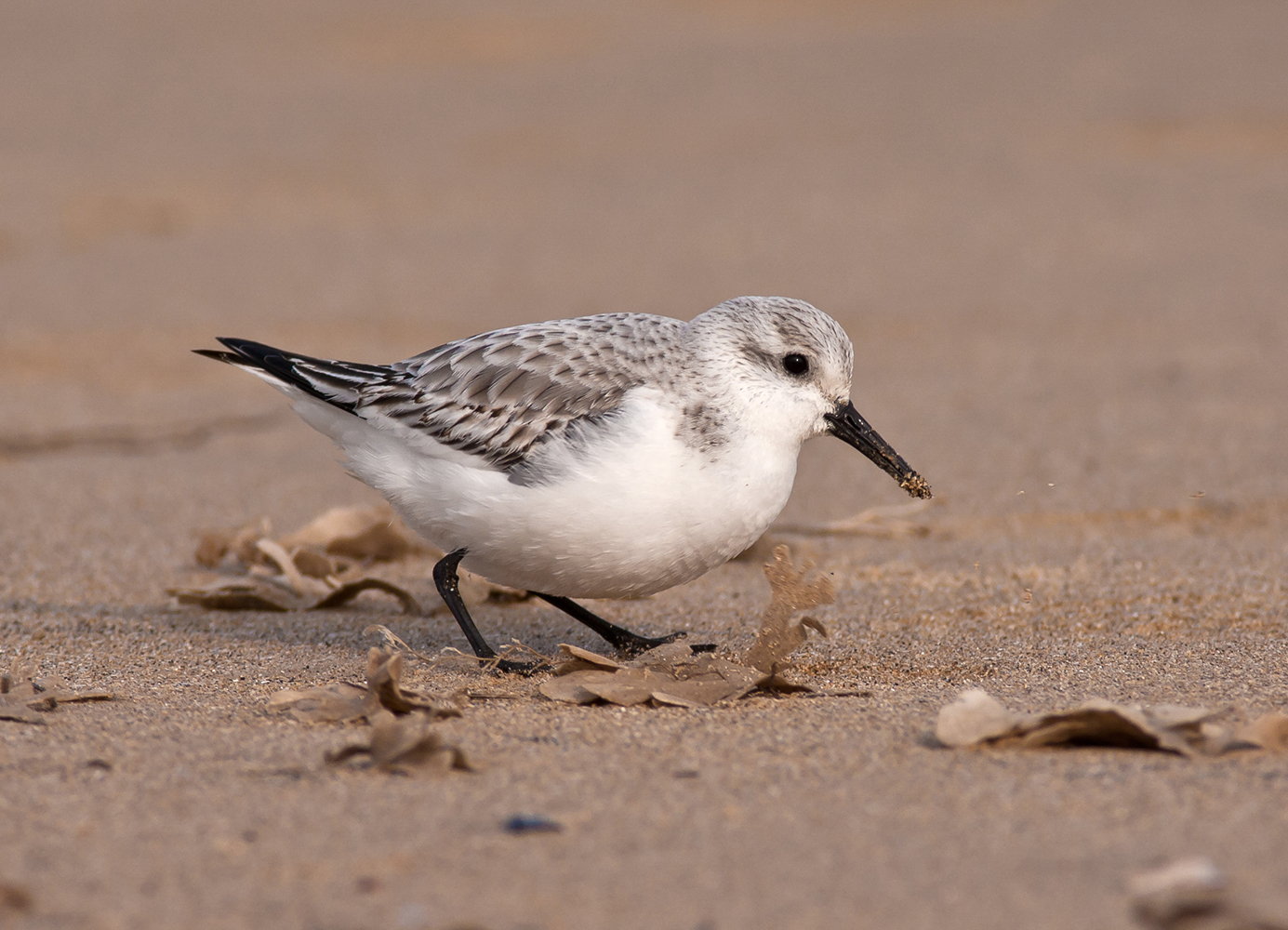
BirdTrack migration blog (1–7 September)
Autumn’s approach is heralded by groups of Swallows gathering on overhead wires. Over the last couple of weeks, flocks of these birds have been building as adults and this year’s young feed up ahead of their migration. During warmer days when there was a lull in the wind, a steady movement of Swallows and House Martins has also been noted from several locations, both inland and at the coast.
Meadow Pipit passage has started to increase, as birds disperse away from their breeding areas. Their short, thin ‘ist’ call – given when flying – is one to learn and can help pick out this species as birds pass overhead, sometimes in loose flocks.
Numbers will continue to build throughout September as more birds arrive from Fennoscandia to either winter in Britain or pass through on their way to North Africa.
Similarly, reports of Wheatear have been building during the last week; most of these birds will be Fennoscandian breeders, but some will have bred in Britain or Iceland. Those that breed or were hatched in Iceland tend to pass through Ireland and some western counties of Britain, while those from regions in north-west Europe take a more eastern route through the country. In the coming weeks, these Wheatears – of the nominate race oenanthe – will be joined by the slightly larger Greenland race birds, leucorhoa.
Both Chiffchaff and Blackcap continued to be seen in good numbers, as in previous weeks, and will mostly be birds from north-western Europe that use Britain and Ireland as a stopping point on their migration routes. Some of both species will stay for the winter, but the majority will continue southward.
Last week also saw more Teal arrive ahead of the winter, and small flocks were noted heading down the North Sea as numbers built up on freshwater lakes and ponds. The males will soon be moulting out of their drab eclipse plumage into their ‘typical’ plumage with a rufous head and a green blaze stretching back behind the eyes.
A few rarities were seen during the week, with the top spot going to the surreal occurrence of two booby species being seen together on Bishops Rock off the Isles of Scilly. The Red-footed Booby that’s been present since early August was joined by a Brown Booby on a couple of dates, much to the delight of a boatload of twitchers.
Looking ahead
After some rain in the early part of this weekend, the weather will become fairly settled as high pressure builds. During the week, the wind direction is forecast to swirl around at pretty much every point of the compass, which can be a good thing for finding migrant birds; a prolonged period of unidirectional wind can result in fewer birds arriving on our shores.
The most productive days for birdwatching look to be from Tuesday onward, as easterly winds funnel in from Fennoscandia and the Baltic Sea. These should bring a fresh arrival of Yellow Wagtails, Swallows, House Martins, Chiffchaffs, Blackcaps, and Whinchats. Both Spotted and Pied Flycatchers are likely to arrive too, with a chance of seeing the two species side-by-side.
Waders will also take advantage of lighter winds and settled conditions, and this time of year is good for Ruff, Sanderling, and Curlew Sandpiper, as well as increasing numbers of commoner waders such as Dunlin, Knot, and Redshank.
If you can get to the east coast towards the middle of next week, seawatching – with a stiff easterly wind – could be rewarding. The number of Fulmars seen offshore peaks in September, as birds leave their breeding cliffs for a few weeks before returning in November and December.
Skuas will also be on the move; although Artic Skuas are usually the most common species, it is also possible to see Long-tailed, Pomarine, and Great Skua in early autumn. Separating juvenile Long-tailed, Arctic, and Pomarine Skua can be difficult, and there is no substitute for hours spent watching them at this time of year, viewing them not only in different light conditions but also at varying distances, and learning how their flight styles change according to the wind strength.
If you are new to seawatching, head to well-known locations such as Flamborough Head or Spurn Point, and take the opportunity to learn from other more experienced observers – don’t be afraid to ask for help identifying a bird! Other species which might make it onto seawatching lists next week include Sooty Shearwater, Kittiwake, and maybe the odd Cory’s and Great Shearwater.
If you are new to seawatching, head to well-known locations such as Flamborough or Spurn, and take the opportunity to learn from other more experienced observers – don’t be afraid to ask for help identifying a bird!
These same easterly winds are likely to bring a few scarce passage migrants along the east coast, including Wryneck, Red-backed Shrike, Barred and Greenish Warbler.
Any tern flocks will also be worth checking, not only for Black or Roseate Terns but also for White-winged Black Terns, a couple of which have been seen during the last few days.
If you’re not able to get out and about, sitting in your garden or local park can be productive, especially early in the morning: look and listen out for Meadow Pipit, Yellow Wagtail, Swallow, House Martin, Siskin, or maybe even a Woodlark passing over.
Send us your records with BirdTrack
Help us track migration amidst an outbreak of avian influenza.
Submitting your sightings to BirdTrack is quick and easy, and gives us vital information about our breeding and migrating birds.
Find out more


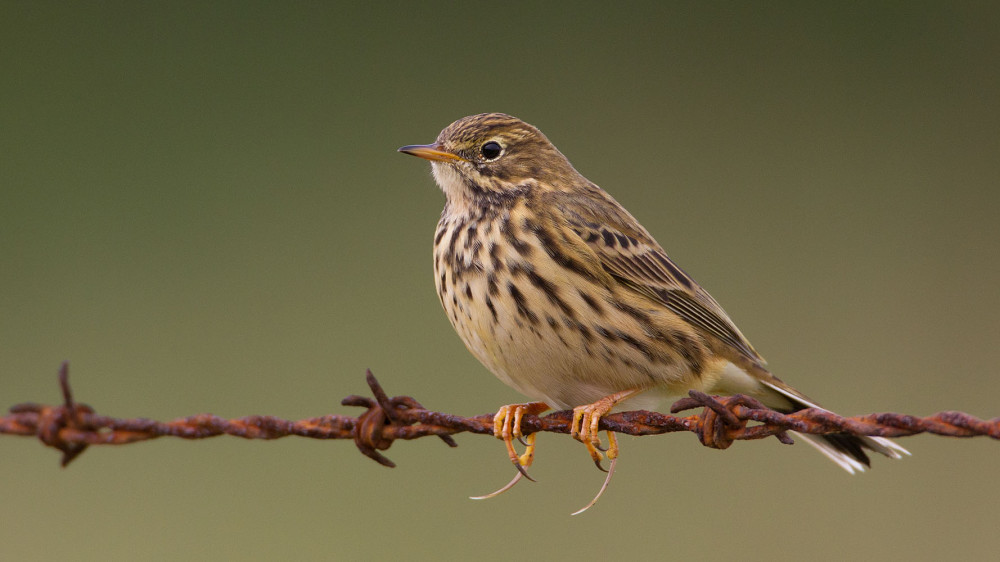
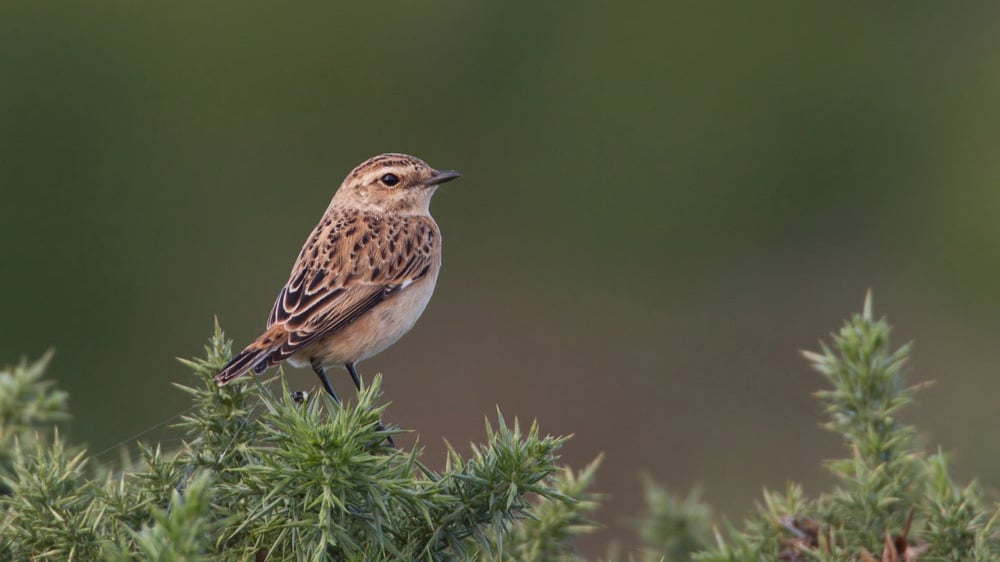
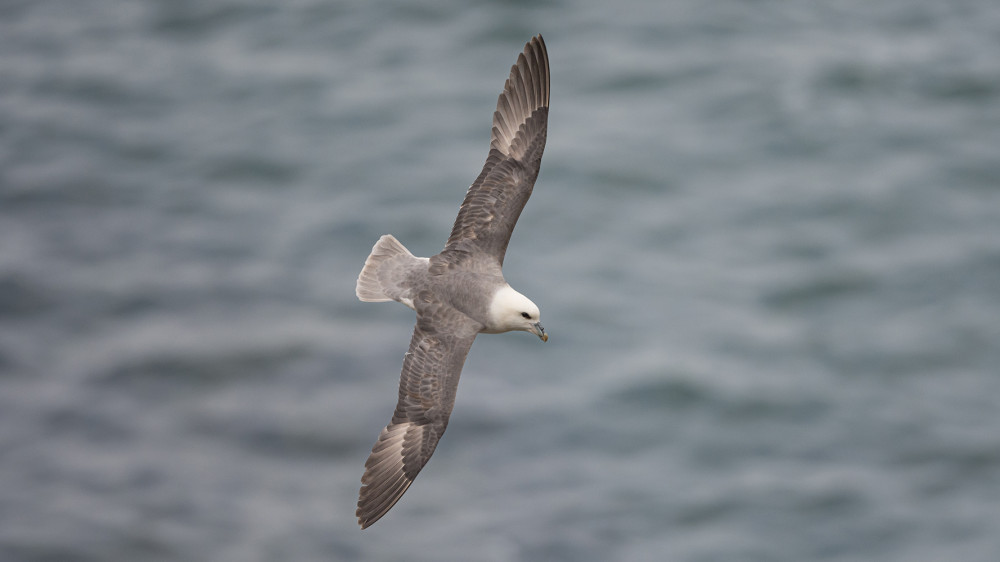
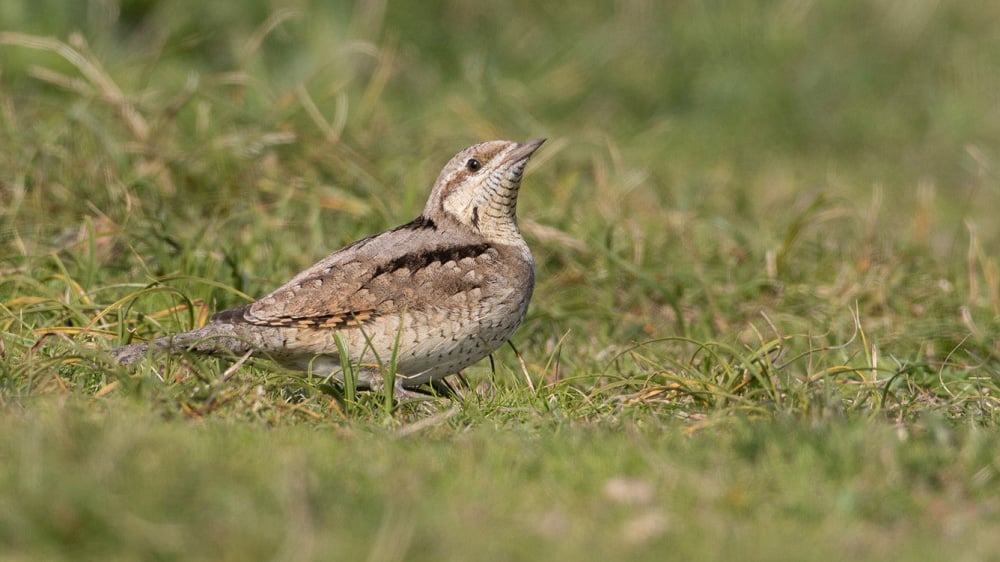




Share this page